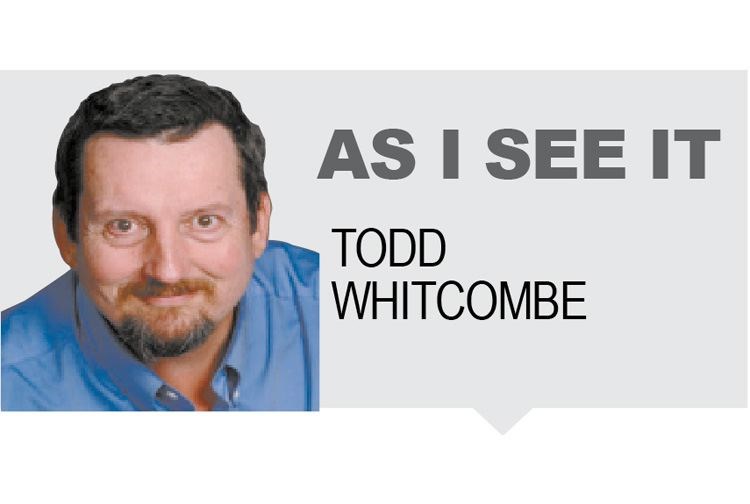The journal Nature turns 150 years old this year. Depending upon your point of view, that is either a very long time or no time at all. It is well beyond the span of a human life but a mere blip in human history and the barest whisper compared to geological time.
I mention this because Nature has recently featured a number of articles providing analysis of its history. It is arguably one of the two most dominant and prestigious journals in the world (the other is Science). To a large extent, it has shaped the scientific dialogue for the past 150 years.
In a recent article reflecting on the journal, historian Geoffrey Belknap presents the case that the story of science is an illustrated history. One of the subtle points often missed in teaching science is it depends heavily on the visual arts to communicate information. Whether it is a spectra of the sun's light displaying all of the absorption lines for the elements found within or a tiny octopus embryo glowing with fluorescent proteins, much of the information we gain about science is obtained through art and visualization. Even charts and graphs are a form of visualization which, when done well, provide the viewer with rapid access to much data in a compact form.
As a chemist and a professor, artistic ability is something I repeatedly stress to students. We don't write molecules - we draw them. I can write CO2 (although it is missing the subscript version of the 2, which is important from a chemical perspective) or even write something like O=C=O to give carbon dioxide a bit more form, but neither representation does the molecule justice.
To really grasp what carbon dioxide might seem like would require converting the electrons in the atoms into fuzzy probability clouds with the density of dots representing the probability of finding the electron and then localizing on some finite percentage of each electron cloud or orbital. This is necessary because theory tells us orbitals go on forever and no one can really draw forever.
In picking a particle probability - say 90 per cent - I am making a conscious choice about the image I am creating and the way others will interpret it. It is much the same way an artist creating a portrait needs to decide where to draw the line. Is it just a head shot? Or full body?
In any case, many compounds in chemistry would be extraordinarily difficult to describe in words. They are much more readily appreciated when rendered as images. The same can be said for all the disciplines of science. Images are important.
In discussing the development of illustrations in Nature, Belknap follows the progression from images generated by woodcuts over 150 years ago to modern imagery which can take advantage of the capacity offered by new visualization techniques and high definition images. One only needs to look at the images of the skies from the 1800s compared with the very recent image of the accretion disk for the black hole at the centre of M87. We have come a long way in our ability to provide visual representations of scientifically important information.
Iconic scientific images have found their way into our modern vocabulary. The double helix of DNA is instantly recognizable as is the classic solar system model of the atom. The awesome power generated by the conversion of matter to energy is readily associated with the image of the mushroom cloud. The pictures of ancestral hominids reminds us of our evolution from our birth place in sub-Saharan Africa. Such pictures provide us with understanding at a much deeper level.
But we are also entering an age where the old saying "a picture never lies" may not be true anymore. With the rise of the digital age, it has become much easier to manipulate an image.
Most manipulations are not malicious. For example, the image of accretion disk for the black hole in M87 is not what you or I would see if we were floating in space near the object. The actual wavelengths detected were in the radio-wave portion of the spectrum and well beyond our perception. To render the image useful to the human eye, the illustrators had to shift to the visible region of the spectrum by assigning corresponding colours to the radio-wave frequencies. If we were actually close enough to see the hole, it wouldn't look like the image. It would be a distortion in the background star field.
But there are also dodgy images presented as science and some individuals, such as microbiologist Elizabeth Bik, are trying to clean up the literature. That said, the history of science from antiquity to now has been tied intimately to our ability to render meaningful images. A picture from Nature isn't really a thousand words because it often says so much more.



